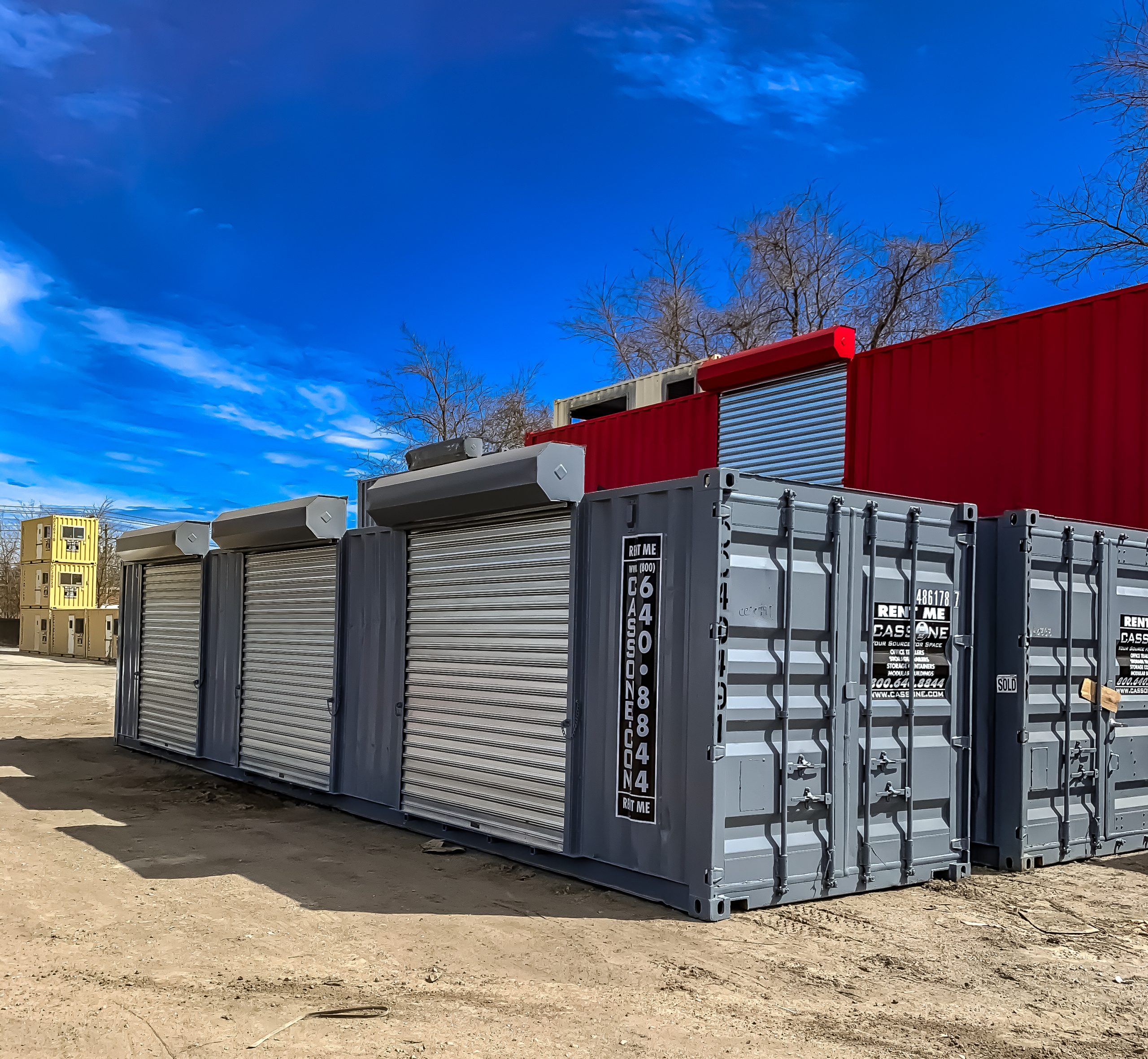![The 14 best storage units in toronto [2022]](https://i0.wp.com/torontoblogs.ca/wp-content/uploads/2022/04/surface-image-cart-with-cardboard-boxes-empty-hall-self-storage-facility-copy-space.jpg) torontoblogs.ca
torontoblogs.ca Opening: The Path to Your DIY Storage Shed Ready to tackle a rewarding DIY project that will declutter your yard and add valuable storage space? Building your own storage shed can be surprisingly straightforward with the right planning and a step-by-step approach. This guide will walk you through the process, from initial preparation to final touches, ensuring you create a sturdy and functional shed that meets your needs.
Step 1: Planning and Preparation Before you even pick up a hammer, careful planning is essential. This stage will save you time, money, and potential headaches down the road. Determining Size and Location: Assess your storage needs and the available space in your yard. Consider factors like accessibility, sunlight exposure, and drainage. Check local building codes and homeowner association rules for any restrictions on shed size, placement, and required permits. Creating a Design: Decide on the style of shed you want to build (e.g., gable, lean-to). Draw up detailed plans, including dimensions, materials list, and a cut list for lumber. Numerous free and paid shed plans are available online. Gathering Materials and Tools: Compile a comprehensive list of all necessary materials, including lumber, roofing, siding, fasteners, foundation materials (gravel, concrete blocks, etc.), doors, windows, and hardware. Gather essential tools such as a circular saw, drill, level, measuring tape, hammer, safety glasses, and work gloves.
Step 2: Building the Foundation A solid foundation is crucial for a stable and long-lasting shed. Choose the appropriate foundation type based on your soil conditions, budget, and desired permanence. Gravel Pad: Clear the area, level the ground, and compact a layer of gravel to provide drainage and support. This is a simple and economical option for smaller sheds. Concrete Blocks: Place concrete blocks on the prepared gravel pad to create a level base for the shed floor frame. Ensure the blocks are evenly spaced and properly aligned. Concrete Slab: Pouring a concrete slab provides the most stable and durable foundation. This option requires more effort and expertise but offers superior protection against moisture and settling.
Step 3: Framing the Floor The floor frame forms the structural base of your shed. Construct it carefully to ensure it's square, level, and strong. Cutting the Lumber: Using your cut list, accurately cut the lumber for the floor joists and perimeter frame. Assembling the Frame: Assemble the perimeter frame using nails or screws. Ensure the corners are square by checking the diagonals. Installing the Joists: Space the floor joists evenly within the frame and secure them with nails or screws. Consider adding blocking between the joists for added support. Sheathing the Floor: Cover the floor frame with plywood or OSB sheathing, using nails or screws to attach it securely.
Step 4: Framing the Walls Framing the walls involves building the wall sections and then erecting them on the floor frame. Building Wall Frames: Cut the lumber for the studs, top plates, and bottom plates according to your plans. Assemble the wall frames on the ground, ensuring the studs are evenly spaced (typically 16 or 24 inches on center). Add headers above any openings for doors or windows. Raising the Walls: Carefully lift each wall frame and position it on the floor frame. Ensure the walls are plumb (vertical) and square. Securing the Walls: Secure the wall frames to the floor frame and to each other using nails or screws. Use temporary bracing to hold the walls in place until they are fully secured.
Step 5: Installing the Roof The roof protects your shed from the elements and adds to its structural integrity. Framing the Roof: Build the roof rafters according to your plans. Install the rafters, ensuring they are evenly spaced and securely attached to the top plates of the walls. Consider adding a ridge board for added support. Sheathing the Roof: Cover the roof rafters with plywood or OSB sheathing, using nails or screws. Installing Roofing Material: Install roofing felt or underlayment to protect the sheathing from moisture. Then, install your chosen roofing material (e.g., asphalt shingles, metal roofing) according to the manufacturer's instructions.
Step 6: Installing Siding and Trim Siding and trim add weather protection and visual appeal to your shed. Installing Siding: Choose your siding material (e.g., wood siding, vinyl siding, metal siding) and install it according to the manufacturer's instructions. Overlap the siding properly to prevent water penetration. Adding Trim: Install trim around doors, windows, and corners to conceal joints and create a finished look.
Step 7: Installing Doors and Windows Doors and windows provide access and ventilation to your shed. Installing Doors: Install the door frame and hang the door, ensuring it swings freely and closes securely. Add hardware such as hinges, handles, and a latch or lock. Installing Windows: Install the window frame and insert the window, ensuring it is properly sealed to prevent leaks.
Step 8: Finishing Touches These final steps will enhance the functionality and appearance of your shed. Interior Finishing (Optional): Add shelving, workbenches, or other interior features to customize your shed to your specific needs. Painting or Staining: Apply paint or stain to the exterior of your shed to protect it from the elements and enhance its appearance. Landscaping: Add landscaping around your shed to blend it into your yard and improve its overall aesthetic appeal.
Conclusion: Enjoy Your New DIY Storage Shed! Congratulations! You've successfully built your own storage shed. By following these steps and taking your time, you've created a valuable addition to your property that will provide years of storage and organization. Enjoy the satisfaction of knowing you built it yourself!
A Comprehensive Guide On Warehouse Storage
 barbaraiweins.com
barbaraiweins.com The 14 Best Storage Units In Toronto [2022]
![The 14 best storage units in toronto [2022]](https://i0.wp.com/torontoblogs.ca/wp-content/uploads/2022/04/surface-image-cart-with-cardboard-boxes-empty-hall-self-storage-facility-copy-space.jpg) torontoblogs.ca
torontoblogs.ca Ground Level Storage Container Building Units In New York
 www.cassone.com
www.cassone.com


0 komentar:
Posting Komentar